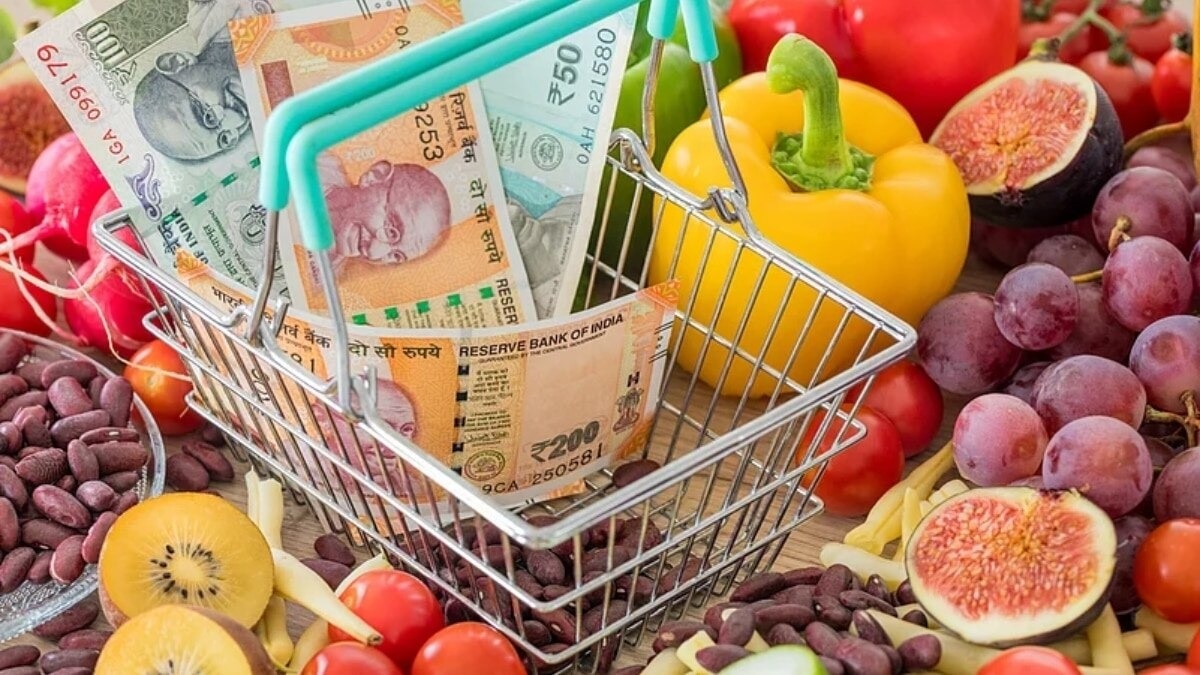The common man has got a big relief on the inflation front, the retail inflation rate has fallen to 1.54 percent in the month of September. According to government data, retail inflation rate in September was the lowest since June 2017. That means the lowest inflation rate in about 99 months has been recorded in the month of September.
In fact, due to cheaper food items in September 2025, retail inflation rate (Retail Inflation) fell to 1.54 percent. Earlier, with a slight increase in the month of August, the retail inflation rate had reached 2.07%, whereas in July 2025, the retail inflation rate was recorded at 1.55%. If we look at the data, food inflation has been negative for the fourth consecutive month.
Food items contribute about 50% to the retail inflation basket, which declined from minus 0.64% to minus 2.28% in September on a month-on-month basis. Whereas in the month of September, rural inflation rate has decreased from 1.69% to 1.07%. Whereas urban inflation came down from 2.47% to 2.04%.
GST also contributed to the decline in inflation
GST reform has also played a major role in the decline in retail inflation. The change in GST rate and reduction in GST rate on food items have also made goods cheaper. Let us tell you, GST reform has been implemented in the country from 22nd September.
Amidst all this, retail inflation still remains within the comfortable range of 2-6% of the Reserve Bank of India (RBI). The retail inflation rate increases or decreases when the prices of food products, especially potatoes, onions, green vegetables, rice, flour and pulses, etc., increase or decrease.
It is noteworthy that the Monetary Policy Committee (MPC) of RBI had said last month that inflation is likely to accelerate in the last quarter of FY-26, especially due to fluctuations in the prices of vegetables and other food items. RBI now estimates inflation at 3.1% for FY26, which was earlier estimated at 3.7%.
How to measure retail inflation rate
Retail Inflation Rate is an economic indicator that measures the average increase in prices of goods and services at the consumer level. In India it is usually calculated on the basis of Consumer Price Index (CPI). CPI primarily tracks changes in the prices of goods and services, such as food, fuel, clothing, housing, health and transportation, which are essential for the daily life of the average consumer. The Ministry of Statistics and Program Implementation (MoSPI) in India releases CPI data.
Impact of retail inflation on the common man
The Reserve Bank of India (RBI) uses measures like repo rate to control inflation. RBI aims to keep retail inflation within the range of 4% (+/- 2%). Increasing inflation affects the purchasing power of common people. Inflation rate is important for investors as it affects the real value of returns.
—- End —-
